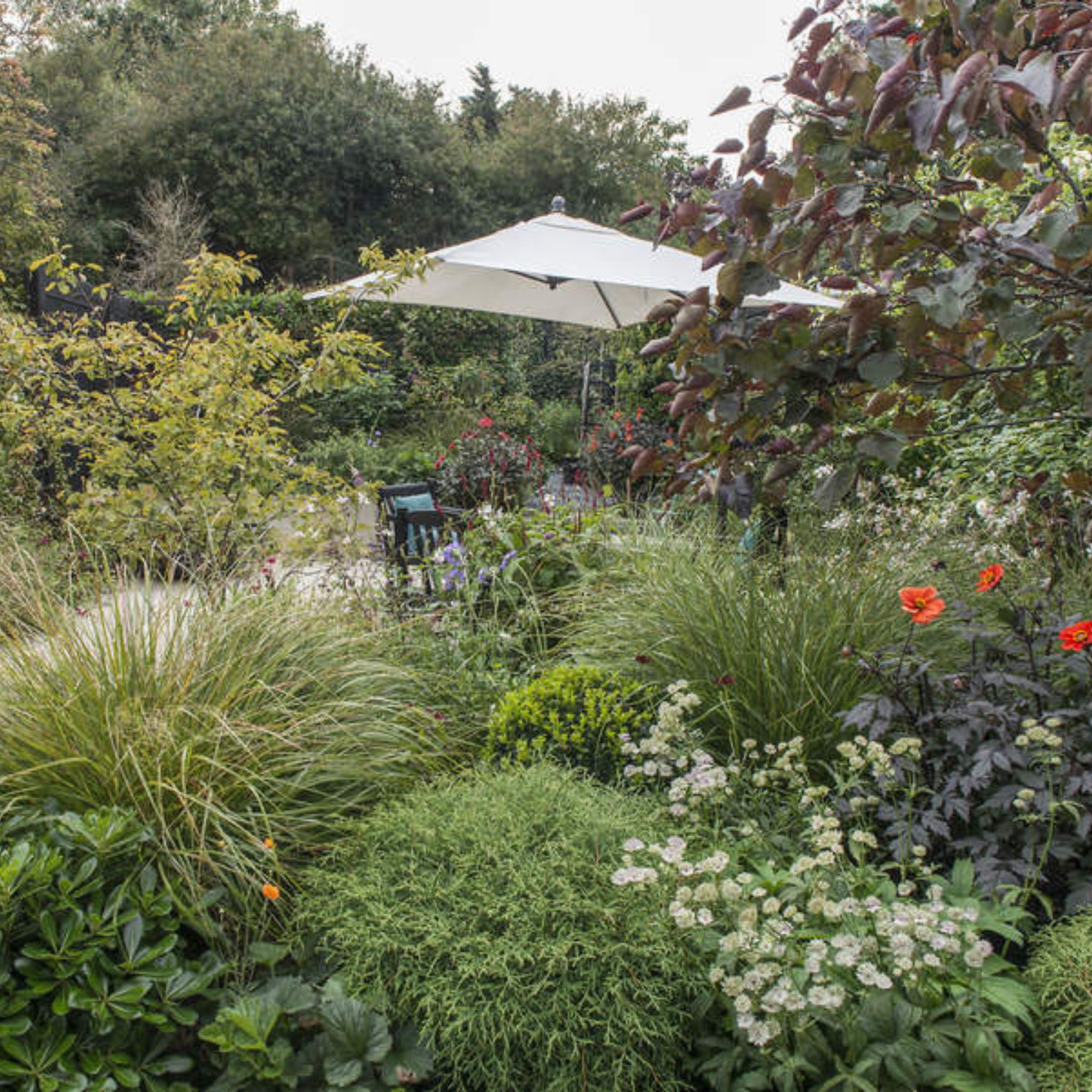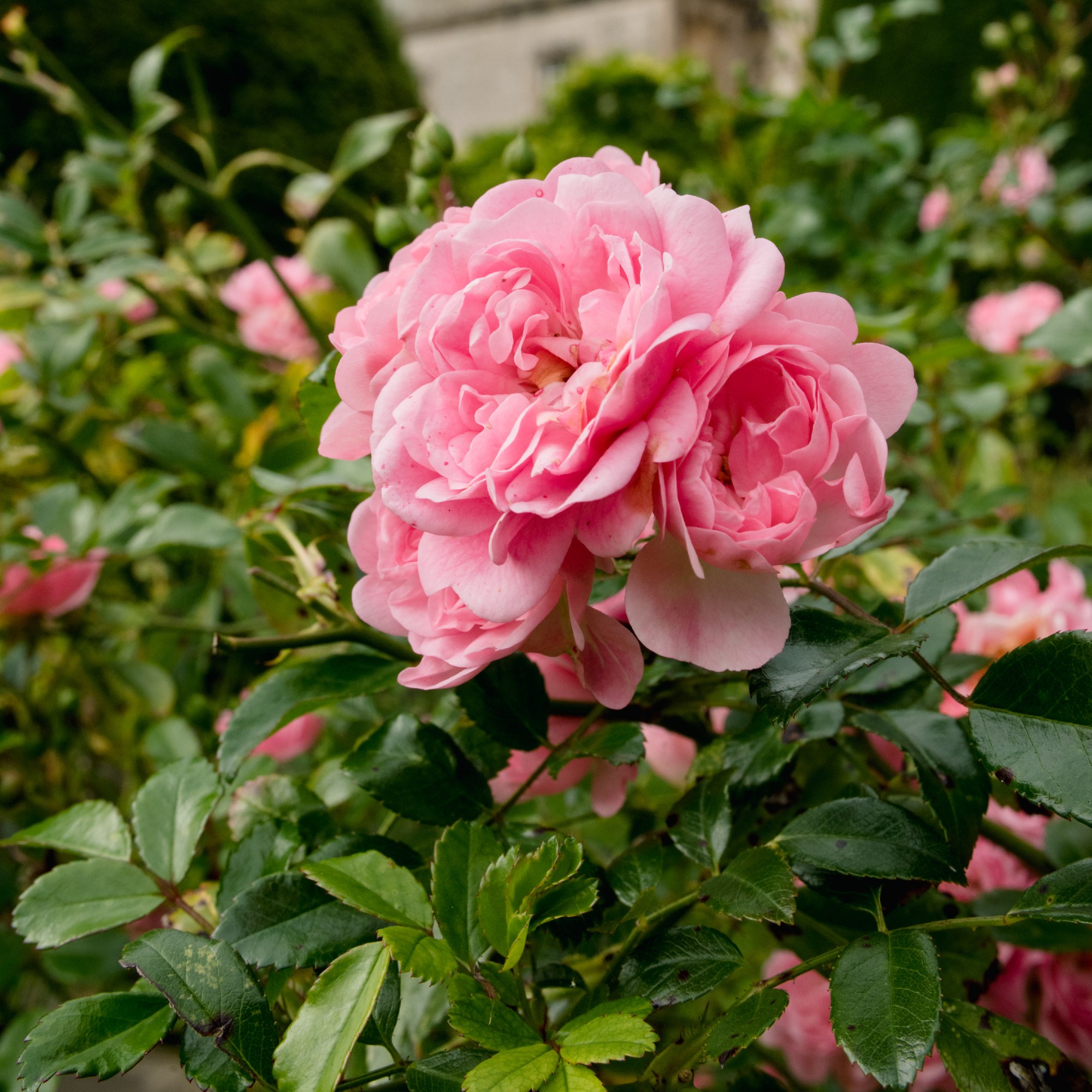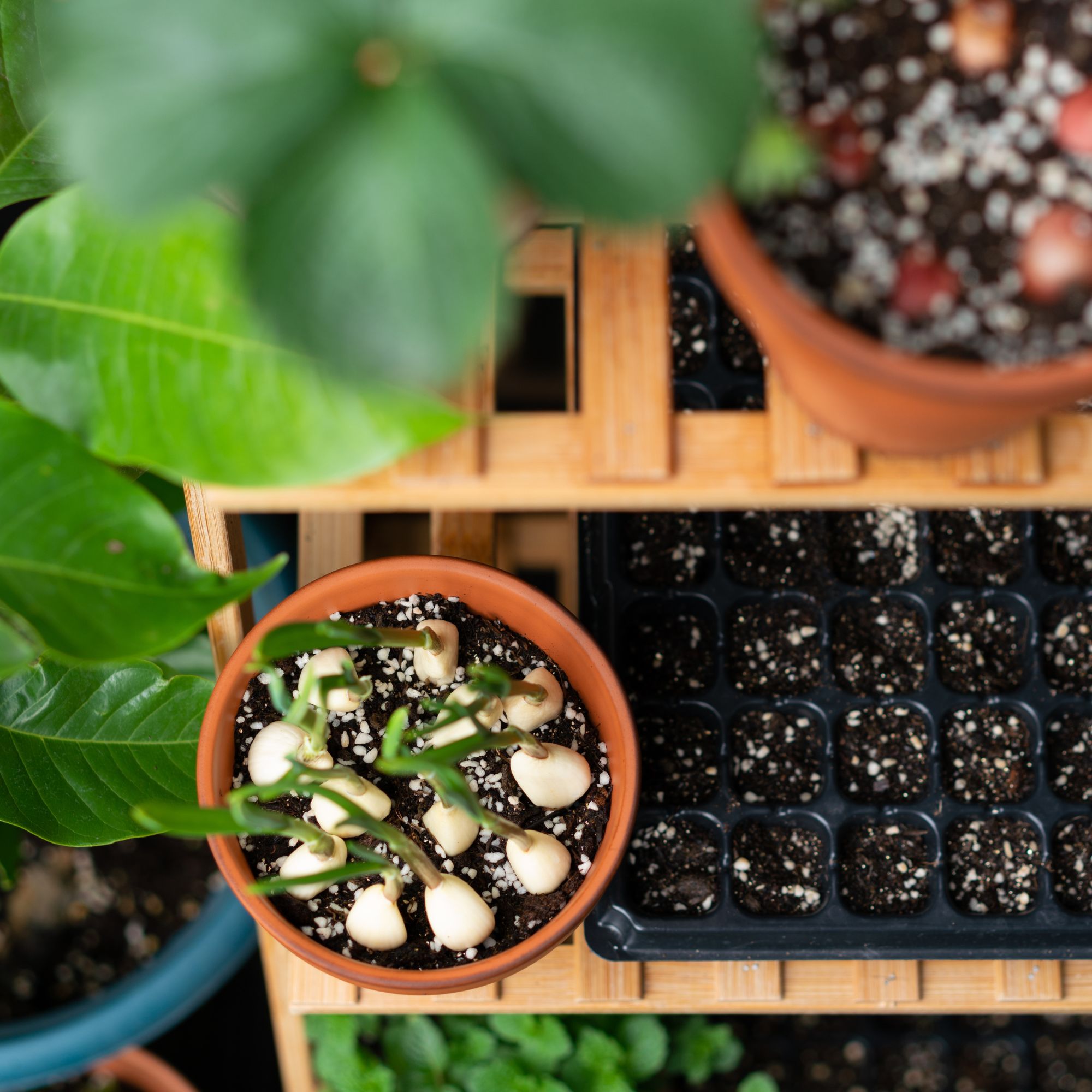
We all know which plants thrive alongside one another, but it's every bit as important to brush up on the garden plants that should never be grown together, too.
The flipside to companion planting, which is all about using tried-and-tested plant combinations to great effect, this gardening method is all about sussing which of your plants don't get along.
'Plants with significantly differing nutrition, water or light level needs should not be planted together, as they just won’t all work,' explains award-winning garden designer Zoe Claymore.
'If you put sun-loving plants and drought-tolerant shrubs, such as rosemary, with moist and shade-loving ferns and hostas, this won't simply look odd; they won’t all thrive, either,' continues Zoe.
'Opt for the Beth Chatto approach, then, and be sure to stick to the right plant in the right place.'
If you'd like to better understand the plants that should never be grown together, it's not simply a case of avoiding those which have opposing needs; you also might want to consider keeping those with the exact same requirements apart.
'They could steal key nutrients from each other,' says Morris Hankinson, director of Hopes Grove Nurseries
'The ideal scenario is to have plants with similar, but not exact, growing conditions,' he goes on to add.
'You also need to think about how your plants grow. For example, placing a particularly tall plant next to a very short one may impact the amount of sunlight the shorter plant can get.'
With this in mind, then, some of the plants that should never be grown together include:
1. Hostas and lavender

An excellent example of pants that should never be grown together is hostas and lavender.
'Hostas love moisture-rich soil, whereas lavender is renowned for being one of the most drought-tolerant plants, so growing together could lead to problems such as root rot,' explains Morris.
Pair hostas with ferns, then, and lavender with other coastal garden plants such as sedums and salvias.
2. Carrots and parsnips
They're a match made in heaven on the dinner table (especially at Christmastime), but it's best not to plant carrots and parsnips together as they share the same pests and diseases. This means, yes, you should keep them apart if you want to avoid a swarm of carrot root flies wiping out your vegetable patch...
3. Roses and azaleas

Roses and azaleas might both be absolute beauties, but they should sadly be kept apart, as they are yet another example of plants that should never be grown together.
'Roses tend to thrive in full sun, whereas azaleas prefer at least partial shade,' says Morris.
'This is also true of other plants such as hydrangeas,' he continues. 'As much as they look beautiful alongside roses, neither one will grow properly if they don't receive the ideal amount of sunlight.'
4. Potatoes and tomatoes
Sometimes it's best not to grow plants together that are from the same family, as they will compete too closely for key nutrients, which can have a negative effect on growth.
'This is particularly true of the nightshade family, which means you need to separate your potatoes and tomatoes,' says Morris.
'Aubergines and peppers are also in this family, so keep them apart from their relatives, too.'
5. Garlic and peas

Delicious as it may be, garlic doesn't just have a negative effect on vampires; it also wreaks havoc with peas if you plant them too closely together.
Why? Well, because garlic produces a compound that peas just aren't fans of – and it will fight them for the same nutrients in the soil on top of that, too.
To that same end, then, you should also avoid planting garlic alongside strawberries, parsley, and asparagus. Maybe it's best to keep this member of the allium family in pots, eh?
FAQs
What vegetables should not be planted next to each other?
If you're wondering which plants cannot grow next to each other, a good rule of thumb is to avoid 'growing varieties together that have completely opposing needs when it comes to soil, sunlight, and watering,' says Morris Hankinson of Hopes Grove Nurseries.
'You'll only be able to serve the needs of one, which could prevent the growth of the other.'
On the flip side to this, you'll also want to avoid planting varieties that have the exact same needs, as they'll wind up fighting one another for nutrients.
What plants cannot grow next to each other?
From a design perspective, Zoe Claymore says that you should avoid putting lots of very similar plants next to each other in popping pots and herbaceous borders.
'Whilst it is good to plant a single species in drifts of three or five for a standard border, try to put each plant clump next to another plant clump with different forms (shapes), leaf sizes and textures for a better visual display,' she advises.
What plants like to be near each other?
If companion planting has taught us anything, it's that there are plenty of plants that like to be near each other. Try grouping alliums and root crops, for example, or marigolds and tomatoes – or even roses and lavender, if you want to attract more bees and helpful garden pollinators.
Now that you know the plants that should never be grown together, you can get to work rearranging your garden borders and raised beds to ensure these tricky characters are kept apart.
Trust us; it might seem like hard work at the time, but, when you come to the end of your growing season with a happy and healthy garden, you'll be thankful you put the time in.







